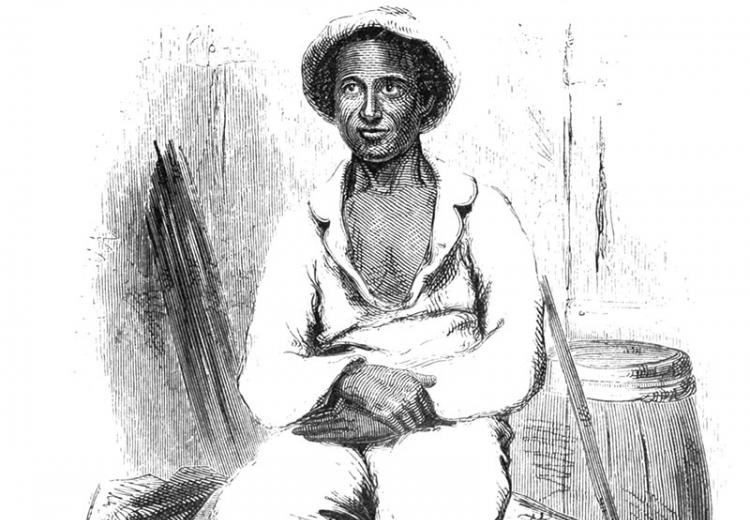Twelve Years a Slave: Analyzing Slave Narratives

Engraving of Solomon Northup "in his plantation suit," circa 1853.
"Although often dismissed as mere antislavery propaganda, the widespread consumption of slave narratives in the nineteenth-century U.S. and Great Britain and their continuing prominence today testify to the power of these texts to provoke reflection and debate."
—William L. Andrews, Professor of English, University of North Carolina
Twelve Years a Slave: Narrative of Solomon Northup, a Citizen of New York, Kidnapped in Washington City in 1841 and Rescued in 1853 (to be referred to as Twelve Years a Slave) is the focus of this lesson on analyzing messages in slave narratives. In this unique literary tradition, formerly enslaved men and women report what they experienced and witnessed during their enslavement. Slave narratives had a mission: to convert readers’ hearts and minds to the antislavery cause by revealing how slavery undermined and perverted the principal institutions upon which America was founded: representative democracy, Protestant Christianity, capitalism, and marriage and the family.
The corrupting influence of slavery on marriage and the family is a predominant theme in Northup’s narrative. In this lesson, students are asked to identify and analyze narrative passages that provide evidence for how slavery undermined and perverted marriage and the family. They will be challenged to go beyond the literal meaning of the text and to make inferences using their prior knowledge, including knowledge of narratives’ antislavery mission.
Northup collaborated with a white ghostwriter, David Wilson. Students will read the preface and identify and analyze statements Wilson makes to prove the narrative is true. Students are encouraged to go beyond the literal meaning of the text and to make inferences about Wilson’s purposes for writing the preface.
Guiding Questions
What does Solomon Northup’s narrative reveal about the relation between slavery and social institutions such as marriage and the family?
Why are slave narratives’ authenticity and truthfulness questioned?
What do slave narratives reveal about how history is recorded in the United States?
Learning Objectives
Describe the slave narrative tradition and evaluate its purpose.
Analyze how the relationships Northup describes explicitly illustrate or imply how slavery corrupted the social institutions of marriage and the family.
Analyze statements the ghostwriter makes to prove the narrative’s truth and infer why he made the statements.
